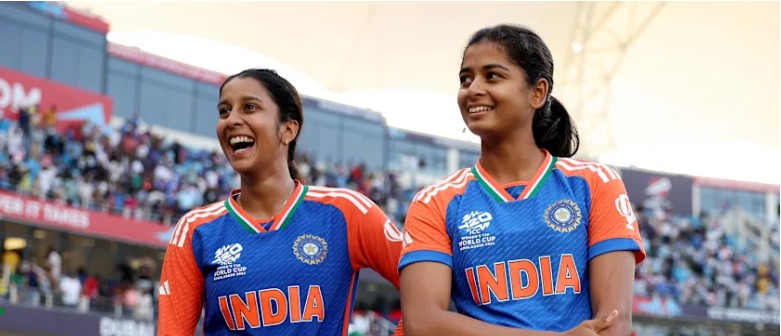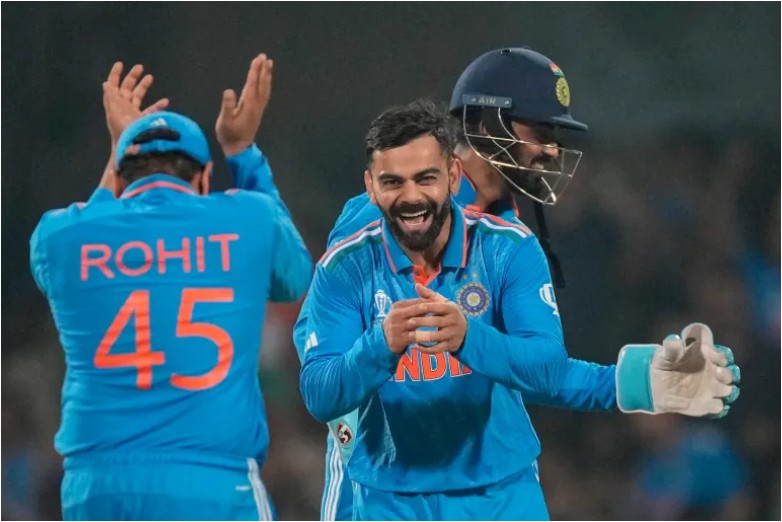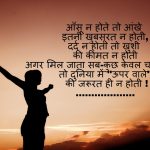Cricket in India is more than a sport; it is often described as a cultural institution. Since the colonial era, the game has evolved from being a pastime of the elite into the most-followed sport across the country. Stadiums attract tens of thousands of spectators, while millions more watch through television and streaming platforms. The passion surrounding cricket permeates everyday conversations, regional identities, and even political discourse.
India’s prominence in world cricket is reflected not only through its national team’s successes but also through the immense popularity of domestic tournaments like the Indian Premier League (IPL). This professional competition has transformed cricket into a spectacle combining athleticism, entertainment, and significant economic impact.
In these contexts, betting conversations frequently intersect with cricket culture. Fans and analysts often compare statistics, performance data, and projected outcomes, sometimes referencing platforms like a cricket betting app when discussing probabilities. This overlap illustrates how wagering has become a part of the wider conversation around the sport, reflecting broader global trends where the excitement of following cricket merges with the analytical side of predicting results.
Historical Development of Cricket in India
The origins of cricket in India trace back to the 18th century, introduced by British merchants and colonial administrators. The first recorded match took place in 1721 near Cambay, Gujarat. Initially, the game remained confined to Europeans, but Indian communities such as the Parsis of Bombay began forming their own teams by the mid-19th century.
By the early 20th century, Indian players gained greater recognition. The country’s entry into international cricket was marked in 1932, when India played its first Test match against England at Lord’s. Though victories were limited in the initial decades, cricket steadily grew in national relevance, ultimately becoming a symbol of unity after independence in 1947.
The Cultural Impact of Cricket
Cricket in India is deeply embedded in the social fabric. Matches are treated as national events, with work, education, and even political activities often pausing during high-profile games. The 1983 Cricket World Cup victory under Kapil Dev marked a turning point, sparking mass enthusiasm and laying the foundation for India’s global dominance in cricket.
Today, cricket intersects with cinema, advertising, and digital culture. Players frequently become national icons, their influence extending beyond sports into social initiatives and popular culture. Cricket-themed advertisements, Bollywood collaborations, and digital content amplify the sport’s omnipresence in Indian society.
Prominent Male Cricketers of India
1. Sachin Tendulkar
Known as the “Little Master,” Sachin Tendulkar is widely regarded as one of the greatest batsmen in cricket history. Born in Mumbai in 1973, he debuted for India at the age of 16 and went on to hold numerous records, including the first batsman to score 100 international centuries. His career spanned over two decades, inspiring generations of cricketers.
2. Virat Kohli
Born in Delhi in 1988, Virat Kohli emerged as one of the most consistent batsmen in modern cricket. Known for his aggressive playing style and intense fitness regimen, Kohli has captained India across all formats. He has been a leading figure in both Test and limited-overs cricket, achieving milestones in batting averages and run chases.
3. Mahendra Singh Dhoni
MS Dhoni, born in 1981 in Ranchi, became famous for his calm leadership and innovative wicket-keeping. Under his captaincy, India won the 2007 T20 World Cup, the 2011 Cricket World Cup, and the 2013 Champions Trophy. Dhoni is celebrated for his finishing abilities and composure under pressure.
4. Kapil Dev
A pioneer of Indian fast bowling, Kapil Dev was born in Haryana in 1959. He captained the team to its first-ever World Cup triumph in 1983. Known for his all-rounder capabilities, he significantly shifted India’s approach to the game, adding strength to both batting and bowling.
5. Rohit Sharma
Born in 1987 in Nagpur, Rohit Sharma is renowned for his explosive batting in limited-overs cricket. He holds the record for the highest individual score in a One Day International (264 runs). His leadership in the IPL and international cricket continues to shape India’s performance in shorter formats.
Prominent Female Cricketers of India
1. Mithali Raj
Mithali Raj, born in Jodhpur in 1982, is one of the most accomplished female cricketers. Known as the highest run-scorer in women’s international cricket, she captained India in multiple World Cups. Raj’s consistency and leadership elevated the visibility of women’s cricket in India.
2. Jhulan Goswami
Born in 1982 in West Bengal, Jhulan Goswami is regarded as one of the fastest bowlers in women’s cricket. Her career includes over 200 ODI wickets, making her one of the leading wicket-takers in the format. She has been instrumental in India’s competitiveness on the international stage.
3. Smriti Mandhana
A left-handed opener born in Maharashtra in 1996, Smriti Mandhana has become one of India’s most popular female athletes. She is known for her aggressive batting style and has played a pivotal role in T20 leagues around the world, enhancing India’s reputation in women’s cricket.
4. Harmanpreet Kaur
Born in Punjab in 1989, Harmanpreet Kaur is celebrated for her power-hitting. Her innings of 171 not out against Australia in the 2017 Women’s World Cup remains one of the most iconic performances in women’s cricket history. She also captains the Indian women’s T20 side.
5. Deepti Sharma
Deepti Sharma, born in Uttar Pradesh in 1997, is an all-rounder known for her left-arm spin and batting resilience. Her record-breaking partnerships and consistent performances have positioned her as a key figure in India’s women’s cricket setup.
Modern Developments: The IPL and Digital Age
The Indian Premier League, founded in 2008, revolutionized cricket with its franchise model, blending sport and entertainment. It introduced global player auctions, massive sponsorships, and unprecedented fan engagement. Digital platforms now amplify the reach of cricket, allowing real-time statistics, live streaming, and broader international visibility.
Additionally, social media has transformed how fans interact with the sport. Players share personal and professional updates directly with audiences, creating stronger bonds between athletes and supporters.
Women’s Cricket and Emerging Opportunities
In recent years, women’s cricket in India has gained greater attention. Broadcast deals, sponsorships, and the inauguration of the Women’s Premier League in 2023 highlight efforts to elevate female athletes. These changes suggest a growing recognition of women’s cricket as an integral part of the sport’s future in India.
Cricket and the Economy
Cricket significantly contributes to India’s economy through broadcasting rights, tourism, and advertising. The IPL alone generates billions of dollars annually, supporting a wide range of industries. Employment opportunities extend from coaching and fitness to journalism and merchandise sales.

Conclusion
Cricket in India represents a unique blend of history, culture, and modern innovation. From early colonial matches to global tournaments, the sport has grown into a defining element of national identity. Male and female athletes alike have shaped this journey, while new digital trends—including discussions around cricket betting app usage—reflect evolving modes of engagement. Neutral observation of these developments underscores cricket’s lasting significance in Indian society.









